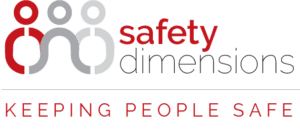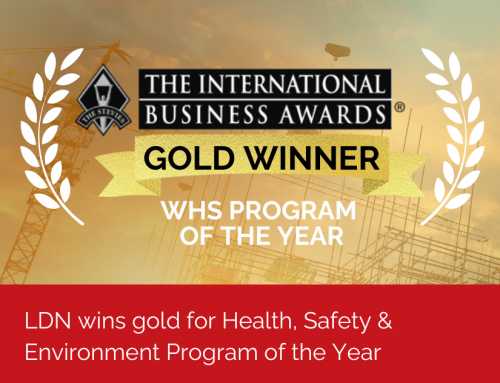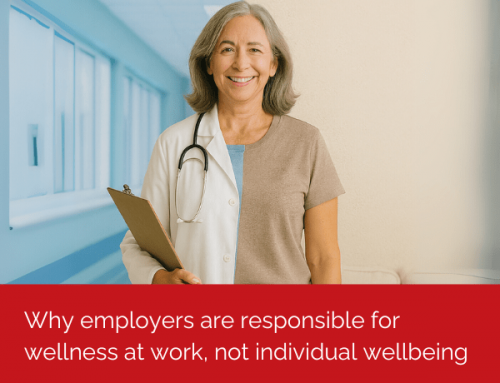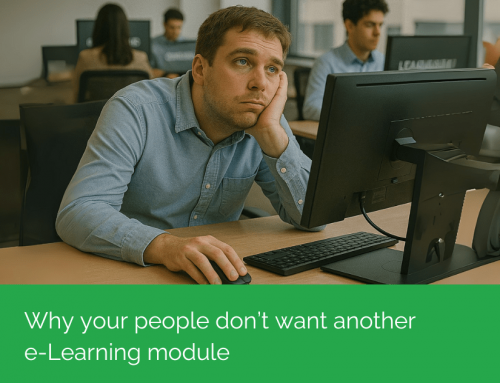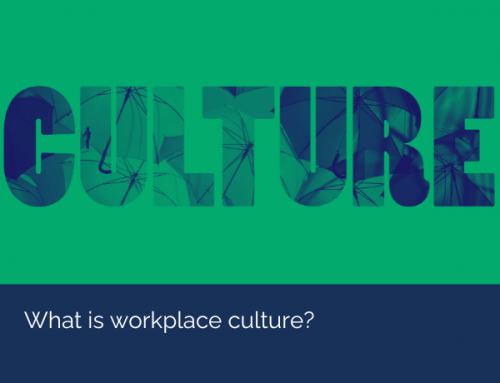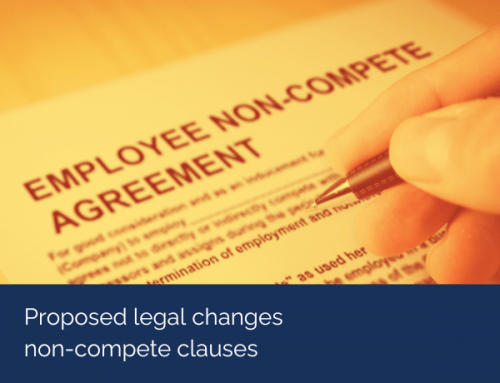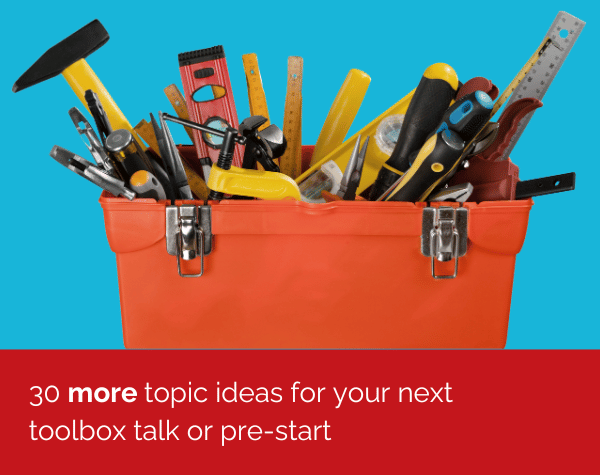
Expand your toolbox talks with 30 more toolbox talk ideas. Perfect for pre-start meetings, these topics promote awareness, reduce risk, and strengthen workplace safety culture.
1. Stress and mental load
Speak about how chronic stress and cognitive overload increase the likelihood of mistakes and injuries. Offer strategies like workload management, mindfulness resources and share details for your employee assistance program (EAP)
2. When change fatigue hits
Talk about the risks associated with too much change too fast. Change fatigue can reduce alertness, increase turnover, and make it harder for safety messages to land. See also: https://ldn.com.au/managing-change-and-overcoming-change-fatigue
3. What is a positive duty?
Explain what “positive duty” means in safety law. It places responsibility on employers and leaders to proactively prevent harm—especially psychosocial risks. More on this topic: https://ldn.com.au/what-are-positive-duties
4. Low near miss reporting – what it really means
Challenge the assumption that low near-miss reports mean a safer site. It could indicate fear of reporting or lack of engagement. Encourage open reporting and psychological safety. More here: https://ldn.com.au/low-near-miss-reporting-a-good-sign-or-failure
5. Safety culture check-in
Review what safety culture means at your workplace. Ask your team if they feel comfortable speaking up and if they understand the “why” behind safety rules.
6. What are psychosocial hazards?
Introduce your team to psychosocial hazards – the risks to mental health caused by the way work is designed or managed. Cover bullying, job demands, lack of support, and poor work-life balance. Explore more: https://ldn.com.au/visible-and-invisible-risks-in-the-workplace-managing-psychosocial-hazards-at-work
7. Rising mental health claims – what it means for us
Share how mental health injury claims are increasing across Australia and discuss practical steps your team can take to reduce psychosocial risks on this site. More on this: https://ldn.com.au/mental-health-statistics-from-safe-work-australia-highlights-rising-injury-claims/
8. The leader’s role in mental health at work
Encourage leaders to notice early signs of stress, start supportive conversations and connect people with help. Reinforce that speaking up is always encouraged. See the data: https://ldn.com.au/mental-health-statistics-from-safe-work-australia-highlights-rising-injury-claims/
9. What are the psychosocial hazards in our workplace?
Encourage a team discussion about which psychosocial risks may exist in your own environment. Look at workload, team conflict, unclear responsibilities, and isolation. Make it relevant to your workforce roles.
10. Safety culture and trust
Talk about how trust is built through consistency, fairness and follow-through. Ask the team what leaders and peers can do to strengthen trust here. Explore: https://ldn.com.au/what-does-workplace-culture-really-mean/
11. Building grit and resilience in safety
Explore how a growth mindset and grit help teams learn from setbacks, adapt to change and stay engaged with safe work practices. Learn more: https://ldn.com.au/developing-a-grit-and-growth-mindset/
12. Understanding emotional intelligence (EQ)
Explore what EQ is and how it improves team dynamics, reduces conflict, and helps leaders respond better during incidents. Learn more: https://ldn.com.au/emotional-intelligence-eq-is-the-most-valuable-leadership-tool/
13. Why being an upstander matters
Talk about what it means to be an upstander, not a bystander—especially in preventing bullying, discrimination or unsafe practices. Explore this: https://ldn.com.au/the-upstander-fostering-safe-and-supportive-work-environments
14. Sleep, fatigue, and safety
Highlight how important sleep is and how fatigue impairs performance. Discuss sleep quality, shift schedules, and rest breaks. More data: https://ldn.com.au/sleep-deprivation-increases-the-likelihood-of-a-workplace-accident-by-70
15. The cost of complacency
Challenge “just this once” thinking. Share examples where small oversights led to bigger problems and agree on habits that keep vigilance high. Read the story: https://ldn.com.au/van-halen-risk-assessment/
16. What workplace culture really means for safety
Discuss how workplace culture shows up in day-to-day behaviours. Ask the team to define the behaviours you want to see and what each person can do to reinforce them. Explore more: https://ldn.com.au/what-does-workplace-culture-really-mean/
17. Getting buy-in for safety initiatives
Share strategies for building ownership and reducing resistance to new procedures or tools. Useful: https://ldn.com.au/getting-buy-in-for-new-policies-and-procedures
18. Due diligence in safety leadership
Talk about what due diligence means for supervisors and leaders. Invite the team to reflect on the key questions every safety leader should be asking and how they apply on this site. Read more: https://ldn.com.au/6-due-diligence-questions-every-safety-leader-must-ask/
19. Contractor safety 101
Remind teams how to engage and communicate safely with contractors, especially on shared sites. Helpful guide: https://ldn.com.au/our-top-tips-for-working-successfully-with-contractors
20. Questions leaders should ask their teams
Turn your toolbox talk into a two-way conversation. Use powerful questions to surface risks, ideas and improvements from the people doing the work. See the full list: https://ldn.com.au/top-20-questions-leaders-need-to-ask/
21. The power of storytelling in safety
Encourage leaders to use real stories (especially near misses) to make risks relatable. Stories stick longer than stats.
22. What a metal band can teach us about risk assessments
Use the famous Van Halen “brown M&Ms” story to show how small details can signal bigger risks. Link it to pre-start checks and why we never skip the basics. Find out more: https://ldn.com.au/van-halen-risk-assessment/
23. What can athletes teach us about safety performance?
Use this comparison to highlight mindset, focus, and preparation. Use any sports stories or current news on sports teams or players that may engage your team. Interesting read: https://ldn.com.au/what-can-olympians-teach-us-about-high-performance
24. Visible and invisible risks
Reframe safety as more than just physical. Talk about emotional harm, mental load, and long-term stress. See: https://ldn.com.au/visible-and-invisible-risks-in-the-workplace-managing-psychosocial-hazards-at-work
25. Using your ears: listening for safety
Focus on active listening skills to improve hazard reporting and team connection. Listening is a safety skill!
26. Supporting apprentices in WHS
Discuss how to bring new workers into the safety culture from day one. Tailor talks for younger or less experienced team members. See more: https://ldn.com.au/why-train-apprentices-in-whs
27. Why hydration matters
Talk about hydration’s impact on decision-making, heat stress, and fatigue. Tie in with discussions around fatigue prevention strategies. You can also share this printable infographic: https://ldn.com.au/why-hydration-matters-at-work
28. The cost of mental health claims
Discuss how mental health injury claims are rising across Australia and the long-term costs to individuals and businesses. Use this article: https://ldn.com.au/mental-health-statistics-from-safe-work-australia-highlights-rising-injury-claims
29. Why is speaking up during toolbox talks important?
Talk about how toolbox talks should encourage everyone to speak up, share ideas, and tell stories. Toolbox talks should be conversations, not just checklists.
30. Micro-pauses: the 60-second safety reset
Encourage your team to take short pauses before starting a task to check their environment, equipment, and state of mind. A one-minute reset can prevent errors, reduce stress, and improve focus.
